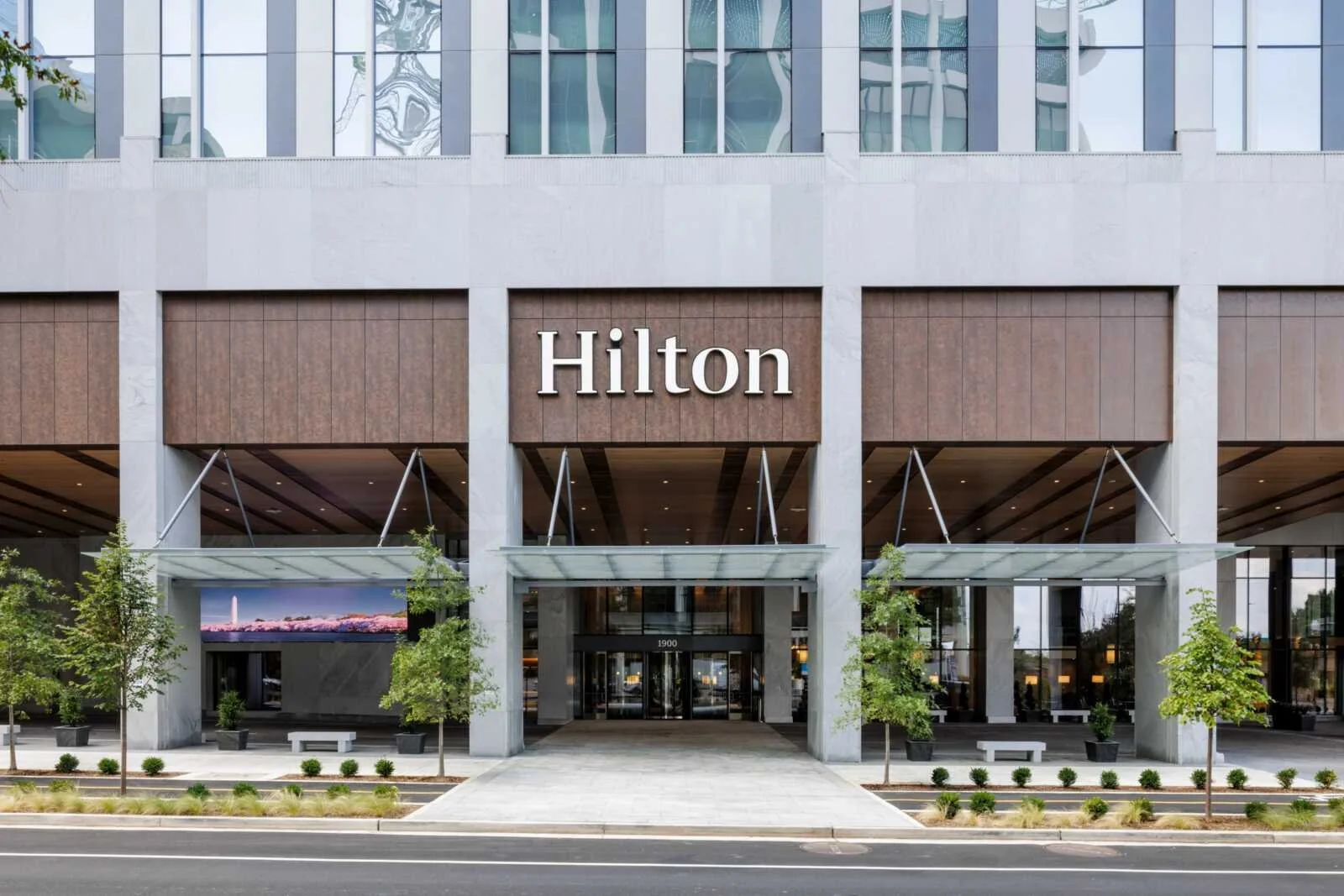Hilton at 106: Reinventing Legacy Through Food, Storytelling, and Experiential Hospitality Branding
When a brand has existed for more than a century, reinvention isn’t just desirable, it’s necessary.
Hilton, now 106 years old, is in the middle of one of its boldest transformations yet. With the launch of its “three C’s” strategy; Celebrations, Connections, Culture; Hilton is actively reshaping its flagship brand for a new era of travellers.
As someone who has worked on Hilton brands since 2009, across four continents and multiple hotel concepts, I’ve had a front-row seat to this evolution. Over the years, I’ve partnered on projects from signature restaurants to rooftop lounges and community-driven cafés, witnessing how Hilton has steadily shifted its emphasis from legacy prestige to experiential hospitality branding.
And nowhere is this shift clearer than in food and beverage.
From “Rooms First” to Food and Beverage as the Anchor
Traditionally, F&B was often seen as a secondary consideration in the hotel business. A restaurant was something to keep guests fed; a bar was an amenity. Today, Hilton’s leadership recognises that food and beverage branding is at the heart of cultural connection.
The newly opened Hilton Arlington Rosslyn – The Key is a proof point. Instead of running food and beverage operations in-house, Hilton partnered with Metropolitan Hospitality Group, a local operator behind celebrated restaurants like Circa and Salt. This signals a pivot: Hilton knows that authenticity comes from working with local partners who understand the community’s flavour, not from rolling out cookie-cutter menus across 600 properties.
This matters because travellers today, from TikTok-native explorers to seasoned business guests, are not simply looking for somewhere to sleep. They’re looking for memorable, sharable, sensory experiences. Food and drink remain the most powerful connectors.
The Design of Connection
Hospitality branding has also evolved beyond logos and signage. In the Rosslyn property, the front desk has been pulled into the centre of the lobby, with staff offering tea or coffee as guests arrive. Natural light, warm woods, and deep blue rugs inspired by the Potomac River create an atmosphere that feels both local and global.
It’s design as storytelling, and it’s part of what I call experiential hospitality branding: shaping spaces where guests feel seen, welcomed, and connected, not processed.
Lessons for Hospitality Leaders
What Hilton is doing at 106 years old offers clear lessons for anyone in the food, beverage, and hospitality industries:
Legacy is not a barrier - even century-old brands can refresh their relevance by leaning into culture and sensory detail.
Food and beverage is no longer an amenity - it’s the brand. Restaurants, rooftop bars, and cafés are the anchor of guest experience.
Local partnerships scale authenticity. A Hilton should always feel like a Hilton - but it should also taste like the city it’s in.
Comfort is modern wellness. Today’s traveller expects better sleep, serene rooms, intuitive amenities - these details matter as much as gyms and spas.
Standardisation vs. storytelling is the balancing act. Owners want efficiency; guests want uniqueness. The future belongs to those who manage both without value-engineering the experience away.
My Perspective: Watching Hilton Evolve Across Four Continents
From the Middle East to the U.S., Europe to Australia, I’ve seen Hilton consistently shift closer to what travellers value most: memories over materials, experiences over excess, and authentic food and beverage branding over generic hotel dining.
As someone deeply involved in hospitality branding, brand development, and keynote speaking at hospitality events, I can say this confidently: Hilton is proving that even in a crowded “upper-upscale” market, the brands that thrive will be those that create genuine, sensory-driven spaces.
Because hospitality isn’t just about where you eat and sleep, it’s about what you taste, feel, and remember long after check-out.

